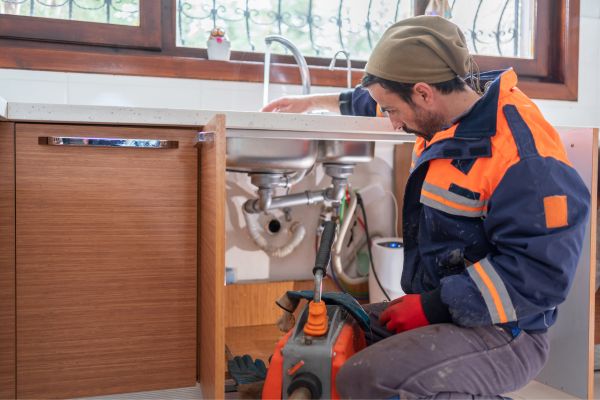A clogged sink drain is one of the most frustrating household problems, disrupting your daily routine and often leading to unpleasant odors in the kitchen or bathroom. Whether it’s a slow-draining sink or a complete blockage, dealing with it promptly is essential. Fortunately, unclogging a sink drain can be easier than you might think, and with the right techniques, you can restore your sink’s functionality without calling a plumber.
Understanding Why Sink Drains Get Clogged
Before diving into solutions, it helps to understand why sink drains get clogged in the first place. In the kitchen, food particles, grease, and soap scum are common culprits that build up over time, creating stubborn blockages. In bathroom sinks, hair, toothpaste, and beauty products often accumulate and restrict water flow. Recognizing these causes allows you to choose the most effective unclogging methods and prevent future clogs.
Simple Home Remedies for Unclogging a Sink Drain
Many people immediately reach for chemical drain cleaners when faced with a clog, but these products can damage pipes and harm the environment. Instead, there are safer and equally effective alternatives. One of the most popular DIY methods involves using baking soda and vinegar. Start by pouring boiling water down the drain to loosen the debris. Follow with a cup of baking soda, then slowly add a cup of vinegar. The fizzy reaction helps break down grime and organic matter. After waiting fifteen minutes, flush the drain with more boiling water to clear out the loosened blockage.
Another reliable approach is using a plunger. A sink plunger, different from a toilet plunger, creates suction and pressure that can dislodge clogs. Fill the sink partially with water to cover the plunger’s rubber cup. Position the plunger over the drain and pump vigorously. With persistence, this method often clears minor to moderate blockages.
When to Try the Plumber’s Snake
For more stubborn clogs that resist home remedies, a plumber’s snake, also known as a drain auger, can be very effective. Insert the flexible cable into the drain until you feel resistance, which indicates you’ve reached the clog. Rotate the handle to break up or hook the blockage, then pull it out carefully. This method works particularly well for hair clogs in bathroom sinks and deeper obstructions in kitchen drains.
Preventive Measures to Avoid Future Clogs
Once you’ve successfully unclogged your sink drain, it’s wise to take preventive measures. Avoid pouring grease, coffee grounds, or large food scraps down the kitchen sink. In bathrooms, use drain guards to catch hair and debris before they enter the pipes. Regularly flushing drains with hot water helps prevent buildup. Developing these habits can save you the hassle of dealing with clogs in the future.
When to Call a Professional Plumber
While most clogs can be cleared with DIY methods, there are times when professional help is necessary. If you notice persistent foul odors, water backing up in multiple drains, or hear gurgling sounds from pipes, these could be signs of a deeper plumbing issue. Professional plumbers have specialized tools and expertise to address severe blockages and ensure your plumbing system remains in top condition.
Restoring Free-Flowing Drains with Confidence
Unclogging a sink drain doesn’t have to be intimidating. With a little knowledge and the right techniques, you can tackle most blockages on your own. From natural solutions like baking soda and vinegar to mechanical tools like plungers and drain snakes, there are plenty of ways to keep your drains free-flowing. By combining these methods with preventive care, you can maintain a clean and efficient plumbing system and avoid costly repairs. Next time your sink starts to drain slowly, you’ll know exactly how to handle it.







